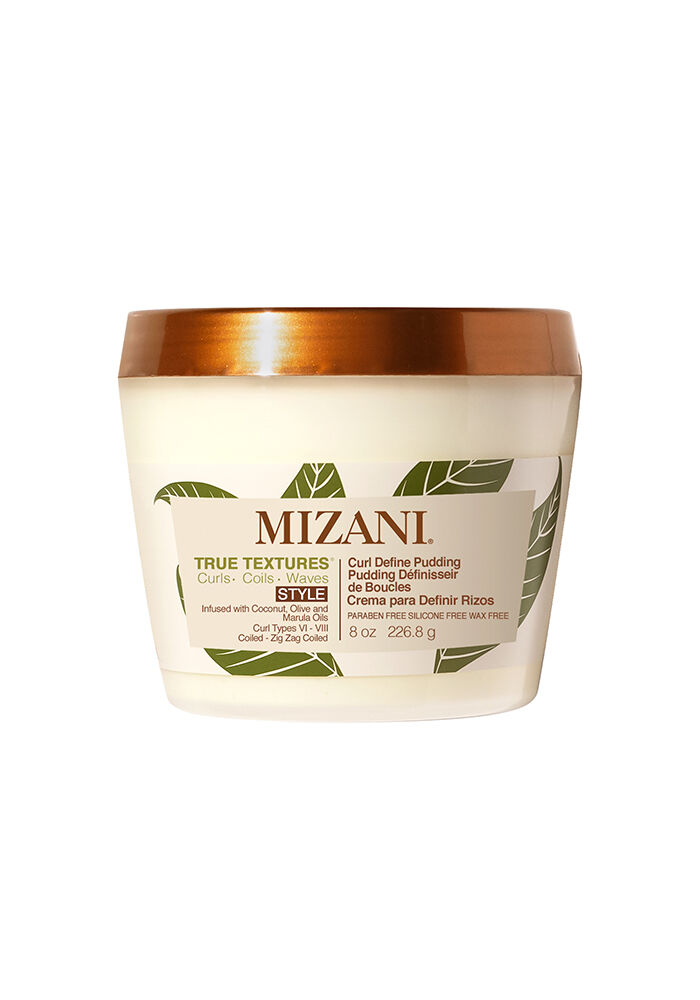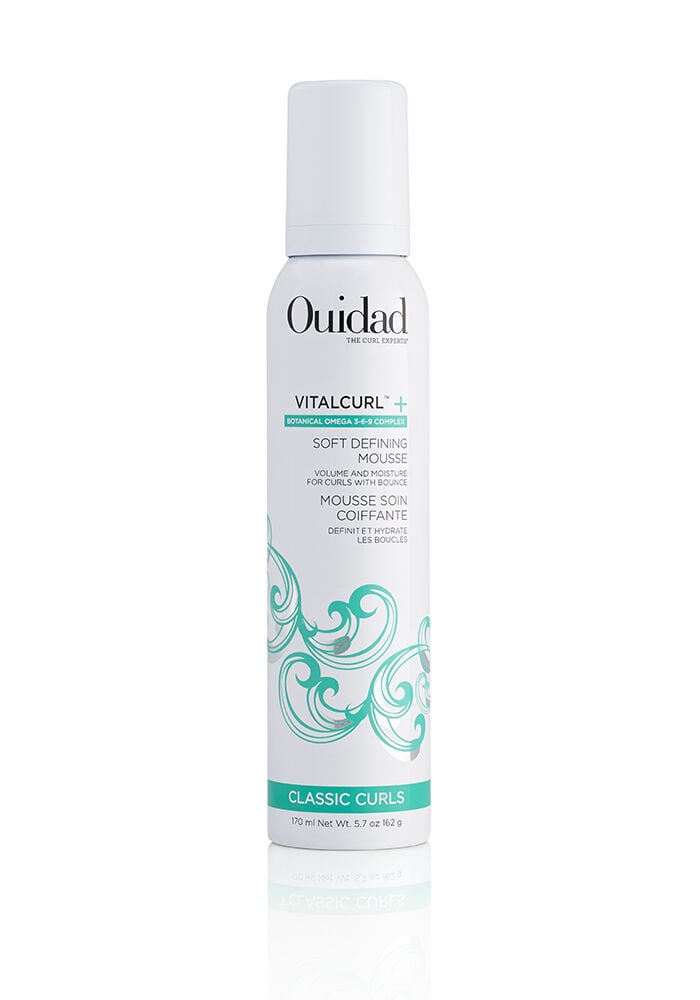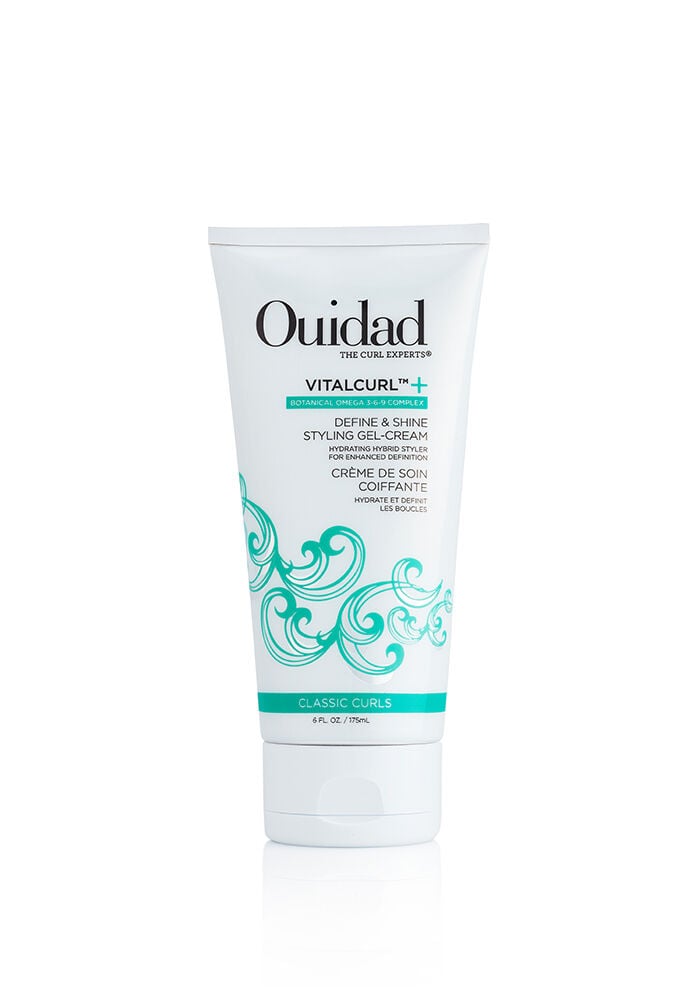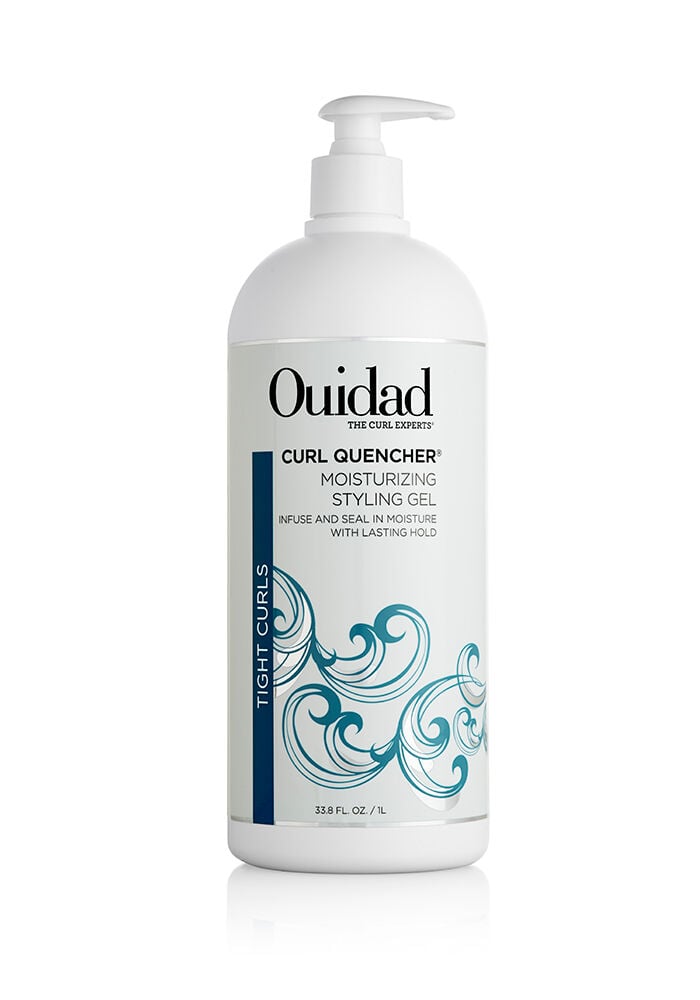
Working with wavy, curly and coiled textures is a fun, creative and an exciting challenge if you don’t have a lot of experience. And one more thing—it’s good for business. “Sixty five percent of the global population has textured hair,” says Mizani Global Artistic Director and celebrity stylist Tippi Shorter (@tippishorter), who works with Jennifer Hudson and Alicia Keyes. “They want to know how to work with their texture and if you’re simply straightening it, you’re losing a huge portion of business.” Are you thinking about schooling yourself in all things texture? Here’s what you need to know.
Why Texture?
Believe it or not, skilled texture experts are relatively rare. “There is a surplus of clients looking for these services,” says Zotos’ Jodi Cioffi, “but not many stylists who can do this type of hair.” And the need isn’t slowing down. “This segment is growing so fast, it’s really imperative to be skilled in the art of curly hair,” says Ouidad Master Artistic Educator Chadwick Pendley. “If you’re not able to accommodate guests with naturally curly hair, you are doing your clients and yourself a disservice.” Texture is everywhere. Remember, Shorter points out, “Texture isn’t a skin type, it’s a hair type.”
The Key Services
“At Mizani, we teach three key elements which we believe all salons should offer,” says Shorter. "The first is Texture Manipulation—how to style curls so they look healthy and frizz free. The second is ‘Texture Out’—how to blow out the hair safely, with the right tools and products to avoid damage. And the third is cutting curly hair from the standpoint of addressing the client’s challenges, which may range from hair that’s too poufy, too flat, too frizzy, too heavy, etc.” Curly hair also requires specific techniques for color, styling and updos. And, notes Cioffi, many clients look to a stylist for assistance when transitioning from chemically relaxed hair, or from unruly curl, to a beautiful, wearable curl. Finally, be sure you’re addressing the condition of the hair. “Offer conditioning treatments,” says Pendley. “This should be a full service, not just running some conditioner through the hair. It must truly address curly hair’s need for hydration and moisture, and it’s important to understand the difference between the two!”
The Essential Education
The first step to becoming a curl expert is to educate yourself. Start by understanding the unique structure of curly hair and go from there. “There are so many ways to become educated on curls,” says Amika Pro Educator Ragnhild Lange. “Study various cutting methods, like dry cutting, wet cuts and razor cutting. Look to the brands in your salon or at trade shows to understand how they focus on curls. And always remember, when it comes to curls, there is no ‘one size fits all.’ You have to treat every head of curls individually.” There are also many online resources for curl education, including the L’Oréal Pro Access site which offers a variety of digital courses. And always keep practicing. “Practice makes better, and removes the fear factor,” says Shorter. “Get a curly mannequin and work with it, just like you would practice any technique, until you feel comfortable.”
How to Promote Your Texture Skills
Nowadays social media is the best place to show your work and attract new clients. “Reach out to models you can sponsor with cuts throughout the year to show variety,” suggests Lange. “And intersperse model shots with images of great curl products from time to time to engage new clients.” Once you start delighting curly clients, referrals will roll in. “Doing one head of curls correctly will bring you tons of referrals,” says Pendley. “Ask for reviews. Curlies absolutely decide who to see based on their reviews. If you don’t have an online presence, you really don’t exist for a curly.”
Learn more ways to increase your revenue with our pricing guides.
All The Ways To Price Your Specialty Hair Color
How To Charge For Add-On Services
Don't Be Afraid To Charge How Much You're Worth
Photography: Courtesy of Tippi Shorter (@tippishorter)











